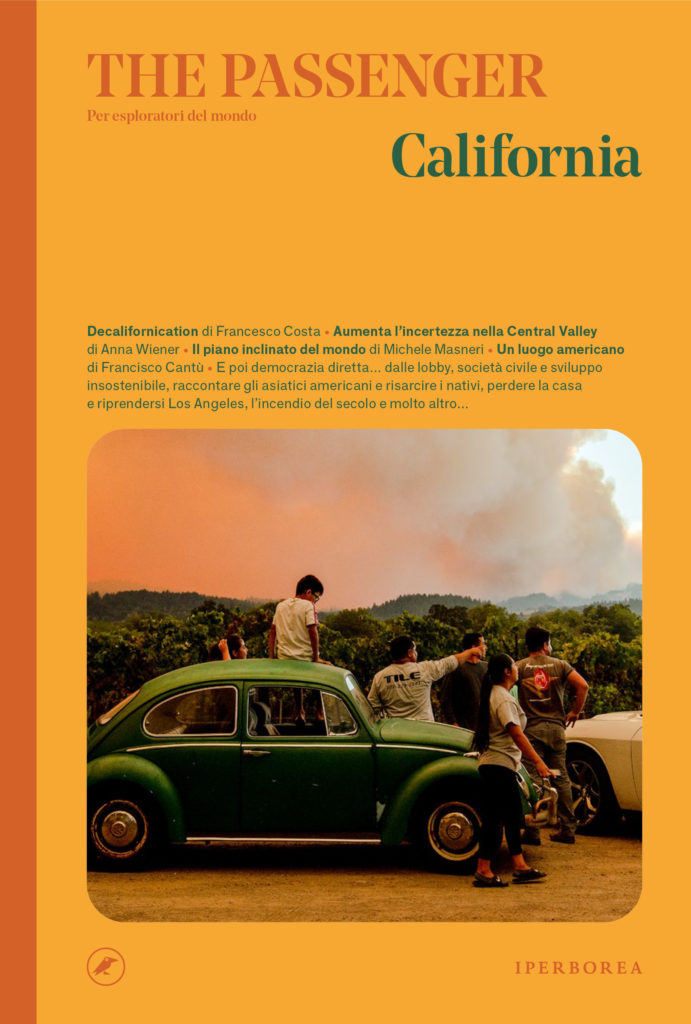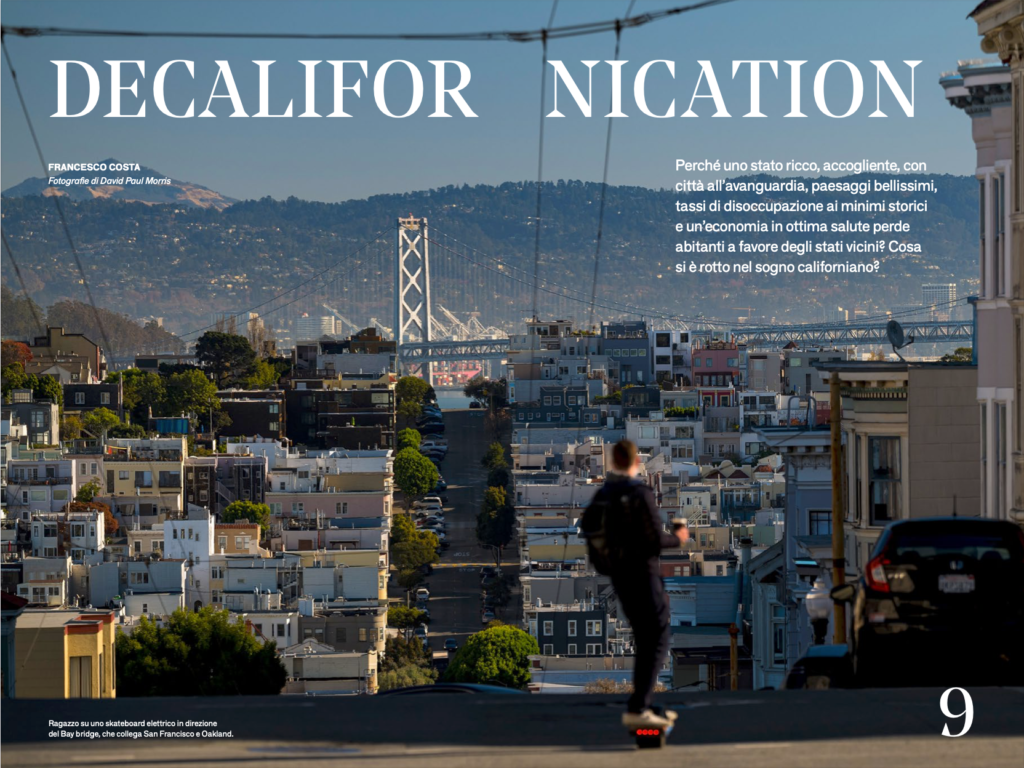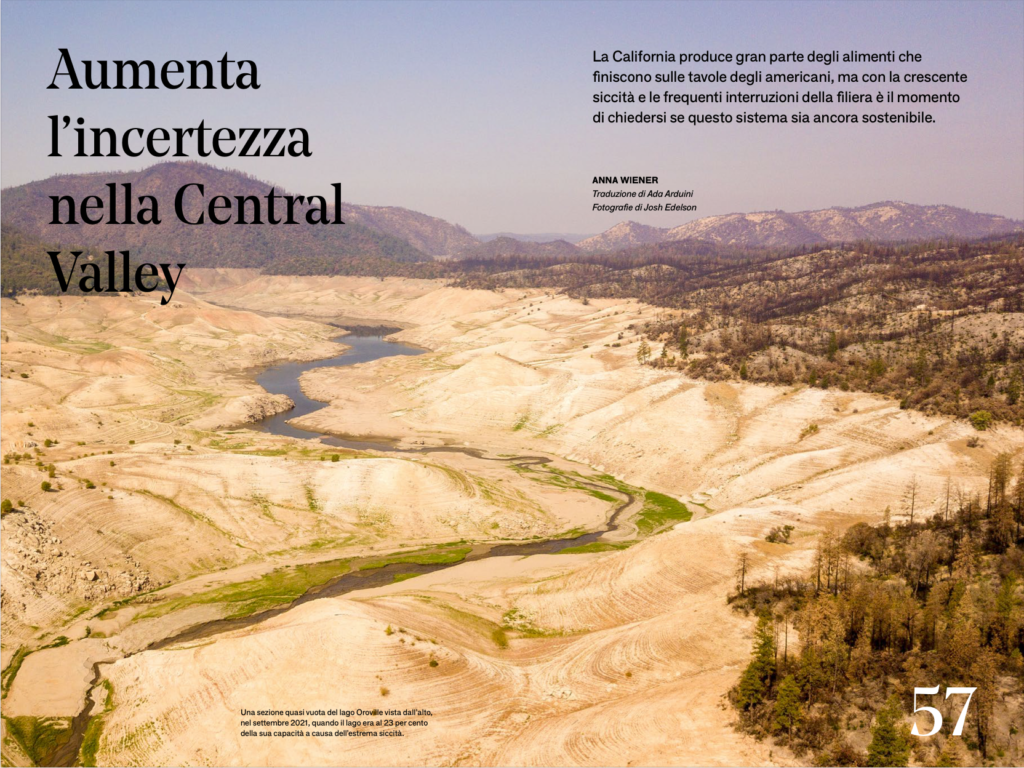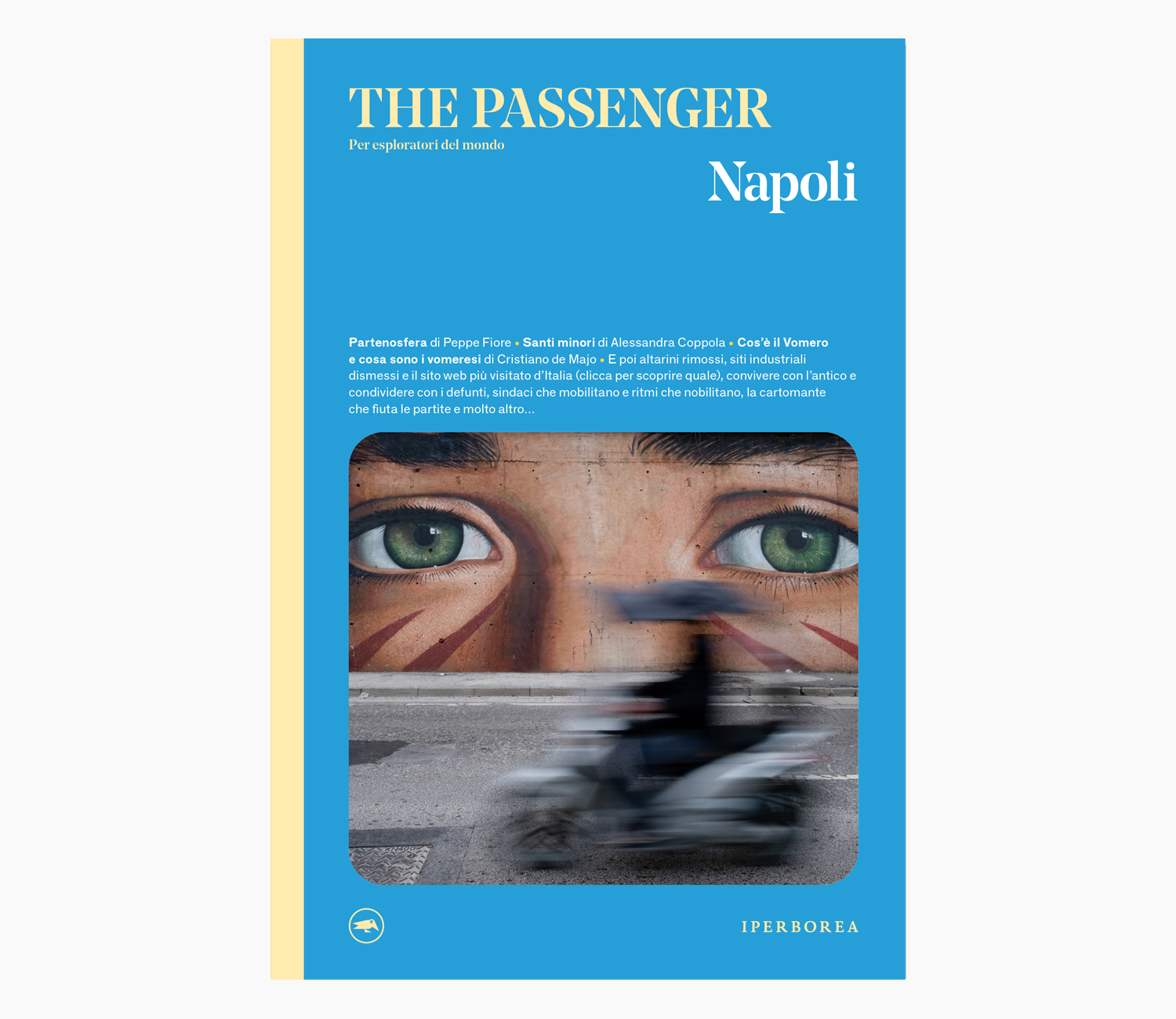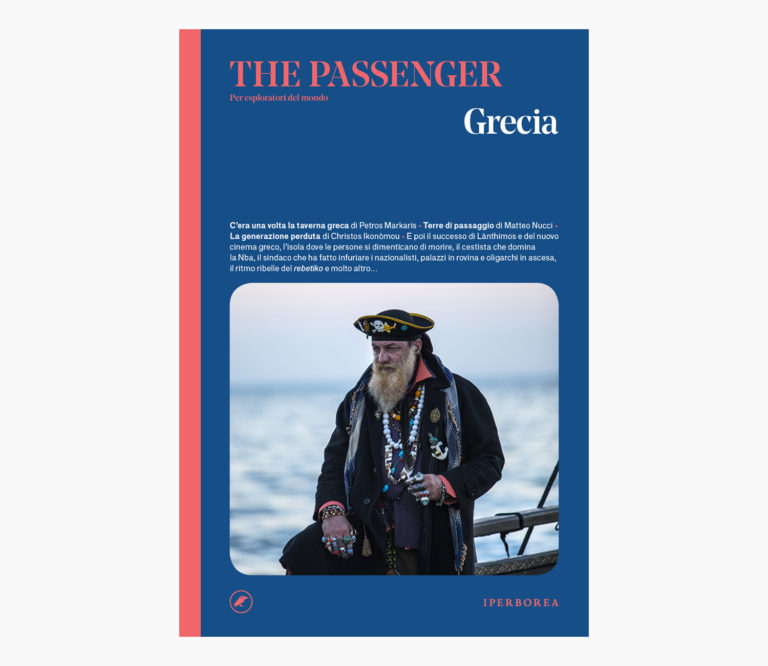The new issue of The Passenger, about California, has been released. Prospekt has collaborated once again with Iperborea in order to curate all the photographic contents of the new issue. A team of photographers – Josh Edelson, Jana Ašenbrennerová, Ringo Chiu, Nic Coury, David Paul Morris and George Rose – worked across the country in order to illustrate all the articles of this new issue.
The Passenger is a book-magazine that brings together long reads, investigative journalism, literary reportage and narrative essays, with the aim of telling the story of the life of a country and its inhabitants, understanding its shifting culture, the development of its identity, the debates, the issues, the problems, and the wounds. Fragments that together build a wide-ranging picture.
A series of features complements the texts: significant and surprising infographics; original illustrations; recommendations from a famous author of a book, a film, an album; a section of «false myths» debunked; and others.
In addition, in collaboration with the photography agency Prospekt, each issue features original, commissioned photographs by an international photographer sent to the country to document the most significant stories.
The logo is a reference to Huginn and Muninn, two crows of the Norse mythology, associated with the god Odin, that travel the world bringing news and information back to their master. Odin sends them out at dawn to gather intelligence and they return in the evening, sit on the shoulders of the god and whisper what they saw into his ears. In Norse language Huginn means «thought», while Muninn «memory».
The Passenger is a project of the Italian publishing house, Iperborea, which specialises in Northern European literature. After over thirty years spent exploring the North, like Odin’s crows, Iperborea now opens to the rest of the world, travelling far and wide to search for and publish the best of the «geographic» long form, remaining faithful to the criteria that inform its editorial line: relevance of themes, quality of writing, as well as permanence, shunning current events to focus on the present, to offer an understanding of what is contemporary rather than what is merely recent.
For this reason, The Passenger can also be read as a one-of-a-kind «travel guide», which does not replace the traditional ones, but complements them, and has, above all, a unique quality, not just in Italy but also internationally. There is no lack of guides, magazines, websites and apps that focus on the where, how and when of a destination. What The Passenger wants to answer is why.
